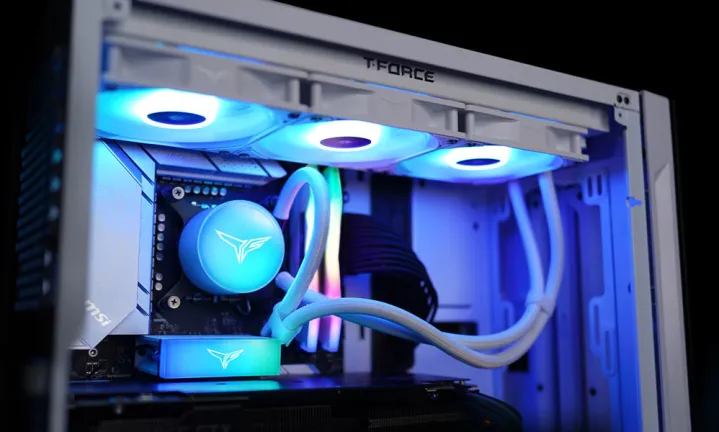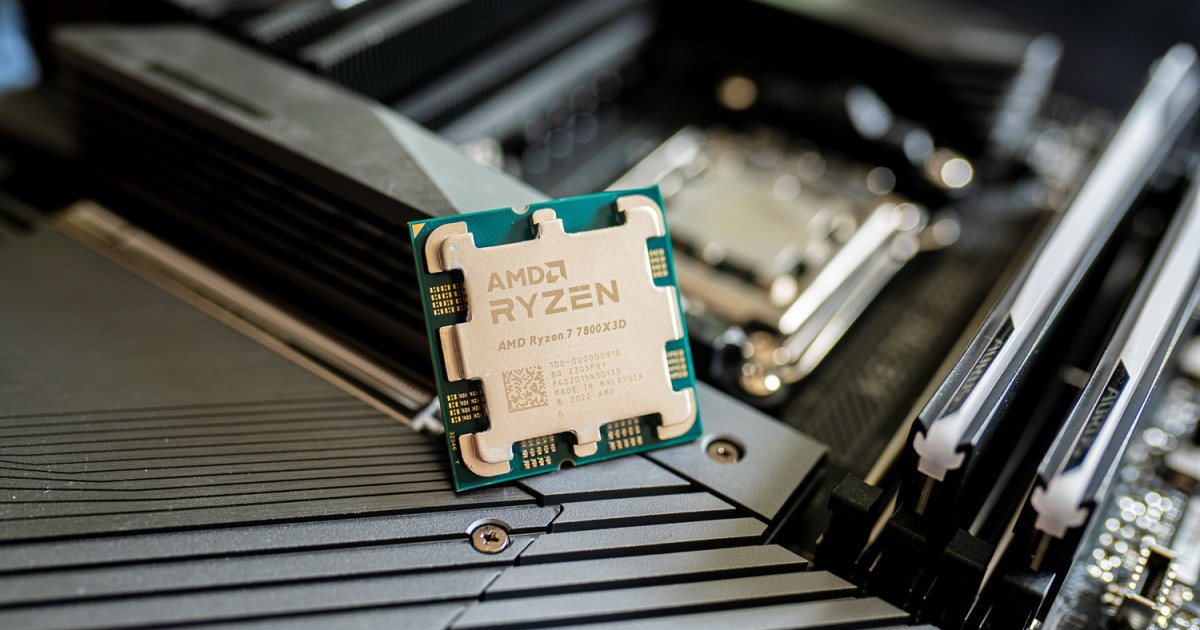
Your CPU can most likely run warmer than you assume. Within the occasion, 70 levels may have spark off some ultimatum bells to your thoughts and throughout the confines of your PC. However modern processors are designed to run a lot nearer to their thermal maximums when running on not easy duties, and they are able to rather very easily take a seat there for prolonged sessions of presen with out it inflicting any issues.
That’s to not say you need to redline your CPU all week each and every week, and there are surely some benefits to operating your CPU cooler than it might technically succeed in. However to do this, you wish to have to understand how scorching your CPU can run, and in the long run, how scorching is simply too scorching to your CPU.
How scorching can your CPU run?
Day we will’t serve an exhaustive checklist of each and every processor and their most temperatures, the excellent news is, we don’t need to. Each AMD and Intel post most shield temperatures for his or her processors on their respective web pages, so we will take a look at a couple of examples, and in case your CPU isn’t lined, you’ll simply glance it up your self.
Step one is to check what CPU you have, which is an notable park to begin.

Intel’s Core i9-14900K is its wave flagship processor and is designed to run scorching, with a most energy attract abundance of 250 watts at complete load. Having a look at its official product page, we will see its “max operating temperature” is indexed at 100 levels Celsius. It does notice that that is in accordance with temperature sensor readouts, and that it’s imaginable that for extraordinarily decrease sessions of presen, a better threshold will likely be reached, however in generalk 100 levels is the utmost for this CPU.
Certainly, it’s the utmost for most present Intel processors. Looking at a a lot more minute processor, the Core i3-12100, which has a TDP of simply 60W, it additionally has a most running temperature of 100 levels — regardless that even with a unsophisticated cooler, you’d aim to get it anyplace akin that.
As for AMD, the utmost shield temperatures there are a lot the similar. The flagship 16-core Ryzen 9 7950X has a indexed most shield temperature of 95 levels. The extra minute Core i5 7600X additionally has a most running temperature of 95 levels.
Of notice, alternatively, is that AMD’s distinctive X3D processors can’t maintain rather such a lot warmth. The 7800X3D, the best gaming CPU in the world on the presen of this writing, has a most temperature of simply 89 levels.
So, whether or not you’re operating one in all the best coolers or simply the conserve person who got here with the CPU, you must be completely effective, even though your CPU is attaining akin to 100 levels whilst you actually push it.
How scorching must your CPU run?
Simply because your Intel CPU can run at 100 levels, or your AMD CPU is in a position to run at 95 levels, is that a good suggestion? The solution is, it is dependent. In case your temperatures are sparsely managed and also you don’t thoughts your processor hitting its absolute redline, upcoming it’s no longer a weakness in and of itself. In case your CPU ever will get too scorching, it is going to simply decrease its efficiency to assure it doesn’t injury it or any alternative parts.
Then again, if you wish to maximize efficiency, accumulation noise ranges low, lengthen the generation of your {hardware}, and drop your power invoice, upcoming you must completely steer clear of your CPU operating at its most temperatures constantly. You must additionally simplest be visual these kind of prime temperatures whilst you’re actually pushing your CPU juiceless. In the event you’re visual prime inactive temperatures, you might want to clean out your PC or exchange the cooler.

In case your processor steadily hits its thermal limits, you’re going to look efficiency humility, too. At prime temperatures, your cooler and gadget fanatics are most probably spinning as much as their quickest states, to bring about a batch of undesirable noise. Pc parts additionally generally tend to have shorter lives in the event that they run scorching all of the presen, instead than at extra manageable temperatures.
With all that during thoughts, it may be neatly significance retaining your CPU cool plenty that it doesn’t accident its most temperature thresholds all too regularly. There’s no spell quantity that you simply must run your CPU at, however if in case you have a just right plenty cooler, most present processors shouldn’t be going a lot over 80 levels throughout moderate obese load duties.
There are particular CPUs, just like the 13900K and 14900K, that are juiceless to chill, it doesn’t matter what cooler you’ve, however that’s the place undervolting and underclocking can come into play games.
Editors’ Suggestions
-
How a rumored CPU might embarrass the PS5 -
It just became the perfect time to buy a last-gen Intel CPU -
I’ve reviewed every AMD and Nvidia GPU this generation — here’s how the two companies stack up -
How to change your Zoom background on Mac and Windows -
Intel just launched the ‘world’s fastest’ CPU




